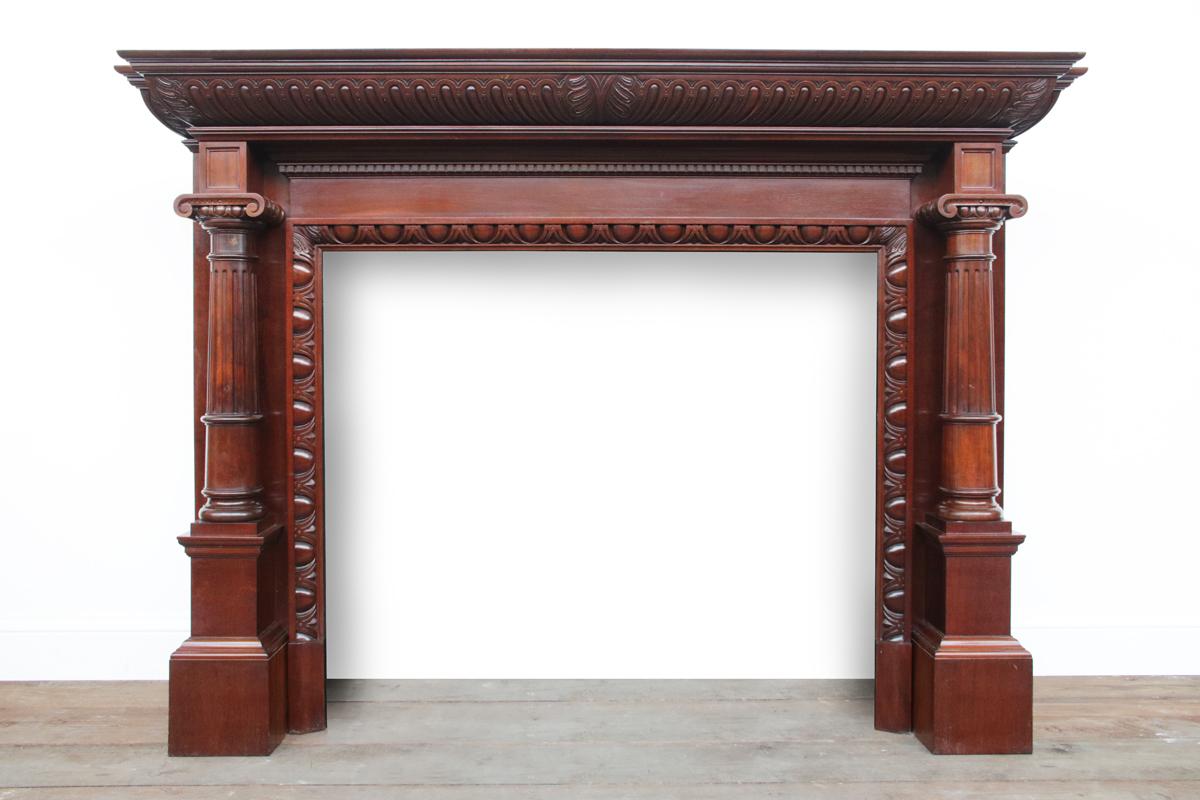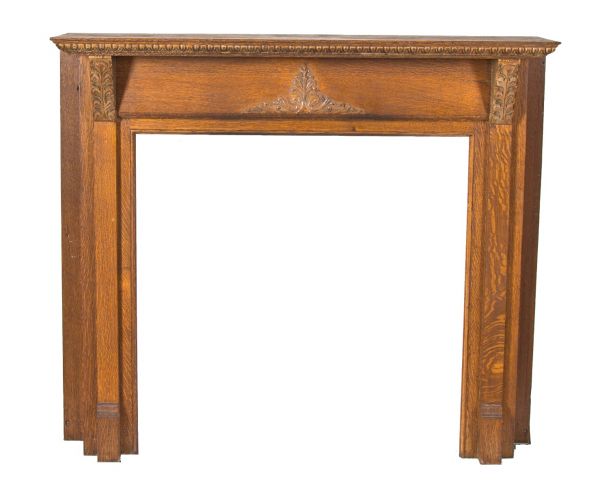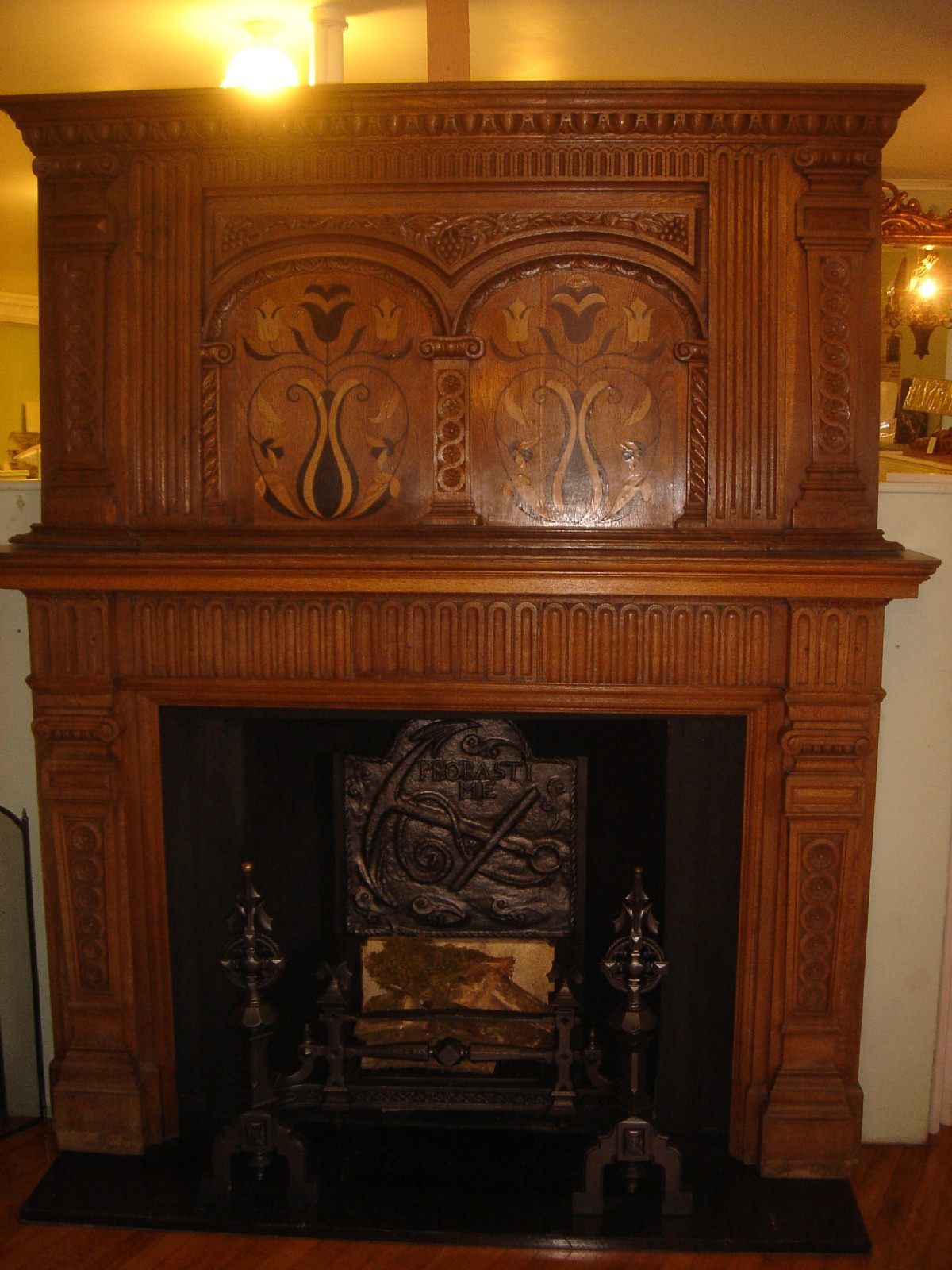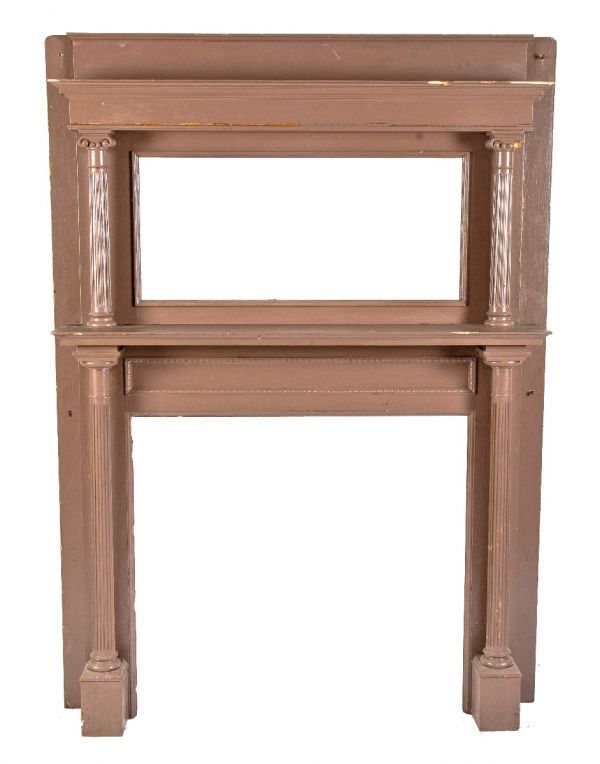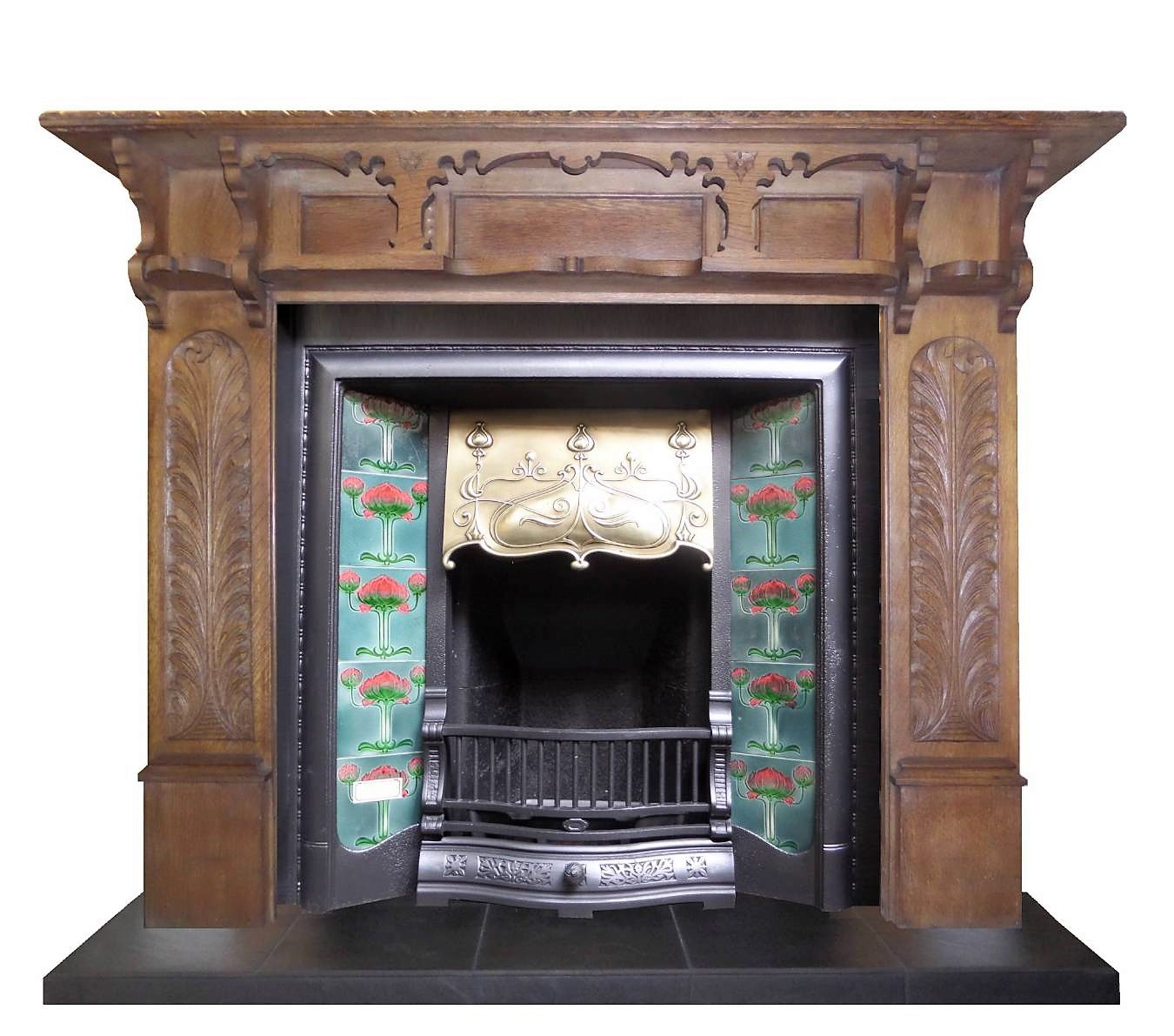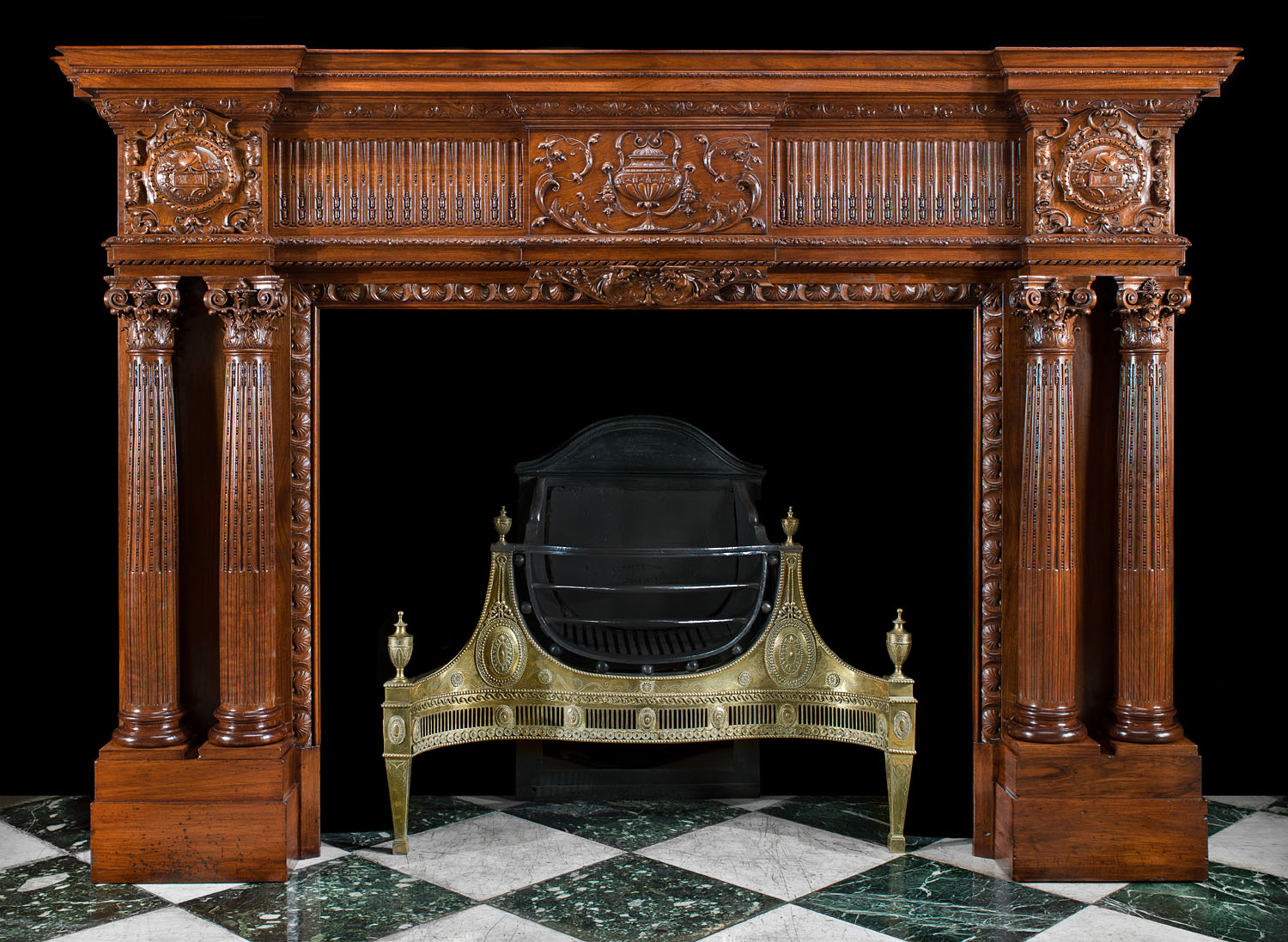An antique Victorian fireplace mantel has an undeniable magical quality. These opulent items, frequently carved from rich woods or embellished with delicate marble detailing, evoke the elegance of a bygone era. Whether you inherited one, found it at a flea market, or are thinking about adding one to your house, restoring and maintaining it demands care. Below I share my experiences and tips for bringing these historical treasures back to life while retaining their distinct personality.
Explaining Victorian Fireplace Mantels
Victorian fireplace mantels were more than just useful objects; they were symbols of wealth and craftsmanship. They were popular in the nineteenth century, with complex carvings, floral designs, and geometric patterns. Materials such as oak and mahogany, marble, and cast iron were used for their durability and beauty. Knowing the style of your mantel—whether Gothic Revival, Rococo, or Eastlake—helps with proper restoration.
Many Victorian mantels included a shelf to exhibit clocks, mirrors, or china. The lower part, known as the apron, was occasionally used to hold tile insets or additional carvings. Fireplaces were the heart of the home, thus, these mantels were designed to wow. If you’re fortunate enough to own one, spend time studying its details before making any adjustments.
Restoring one is about more than simply aesthetics; it is also about honoring history. Some mantels have lasted more than a century, and their wear tells a narrative. Before sanding or repainting, evaluate if a mild cleaning or small repairs will be sufficient. Original finishes, even if faded, are frequently worth more than a complete refurbishment.
Assessing the State of Your Mantel
The initial stage in restoration is a comprehensive inspection. Check for cracks, loose joints, missing parts, and symptoms of woodworm. Marble mantels may be chipped or stained, but hardwood mantels may have dry rot or peeling veneer. Don’t rush this step; take notes and photos to document the damage before deciding on repairs.
If the mantel is structurally good but unclean, clean it with a gentle brush and light soap. Avoid using aggressive chemicals that can remove original coatings. A vinegar-water solution can work wonders on tenacious dirt. If paint coats cover up the original wood, try professional stripping to reveal the natural grain beneath.
A professional woodworker may be needed for major repairs, such as replacing lost carvings. If you lack confidence in your abilities, seek assistance rather than risk more harm. Molds or reference pictures can occasionally be used to recreate a missing piece. The idea is to preserve as much original material as possible.

How to Clean and Refinish
For wooden mantels, cleaning should always begin softly. I discovered that a mixture of linseed oil and turpentine will rejuvenate dull finishes without removing them. Apply with a gentle cloth, moving in the direction of grain. If the wood is severely damaged, a skilled restorer may propose a thorough sanding and refinishing.
Marble mantels demand distinct maintenance. Avoid acidic cleaners, as they can etch the surface. Instead, use a pH-neutral soap with a soft sponge. A poultice consisting of baking soda and water can lift stains without abrasion. Always try a cleaner on a small, inconspicuous area first.
If you decide to repaint, use period-appropriate hues. Victorian mantels were frequently painted in dark shades of emerald, burgundy, or black. High-gloss finishes can appear too modern, so choose for eggshell or satin. When it comes to restoration, remember that sometimes little is more.
How to incorporate the mantel into modern decor
One of the pleasures of owning a Victorian mantel is combining it with modern decor. A dark wood mantel can look stunning against light walls, while a white marble piece exudes timeless beauty. If your fireplace isn’t working, fill the hearth with candles or books for a nice atmosphere.
Do not overcrowd the mantel shelf. A few carefully chosen items—a vintage clock, framed art, or small sculptures—maintain the emphasis on craftsmanship. Symmetry was crucial in Victorian design, so grouping items in balanced pairs might add authenticity.
Lighting also plays a part. Sconces or a dramatic chandelier over the mantel might highlight its features. If you’re using candles, use beeswax to provide a historically authentic glow. The trick is to let the mantel shine as the centerpiece it was designed to be.
How to Maintain Your Restored Mantel
Once restored, frequent maintenance will keep your mantel looking its best. To prevent accumulation, use a microfiber cloth to dust wooden surfaces once a week. A quick wipe-down on marble prevents discoloration. Humidity can cause wood to distort, so consider using a dehumidifier in moist locations.
Avoid putting hot things directly on the mantel since heat can damage finishes. If your fireplace works, make sure the mantel is appropriately heat-shielded. Over time, wood may require occasional oiling to avoid drying, whereas marble benefits from regular sealing.
Check for loose carvings or joints at regular intervals. Early diagnosis of problems saves on costly repairs later. A well-maintained Victorian mantel can survive generations, becoming a treasured family heritage in your house.
Where To Find Authentic Victorian Mantels
If you’re looking for one, antique stores, salvage yards, and internet auctions are excellent places to begin. Be mindful of reproductions—original mantels can have minor flaws that give charm. Look for maker’s marks or stamps to help date the piece.
Architectural salvage organizations specialize in recovered mantels, which typically come with historical documentation. Prices vary greatly, so set a budget before purchasing. If shipment is required, ensure suitable packaging to avoid damage in transit.
Do not neglect local listings or estate sales. Sometimes the best discoveries come from unexpected places. Whether you’re a collector or a first-time buyer, having a Victorian mantel is a satisfying experience.
How can I determine if my Victorian fireplace mantel is original?
Hand-carving is common on original Victorian mantels, as evidenced by minor deviations in patterns. Look for aged patina, wear in predicted spots (such as the shelf edge), and joinery techniques that are acceptable for the period. Maker’s marks or stamps, which are typically located on the back or underside, can help prove authenticity. If the wood or marble exhibits natural aging characteristics such as discoloration or minor cracking, it is most likely genuine. Reproductions typically have machine-cut precision and lack the depth of genuine antique wear.
What is the best method for cleaning a thickly painted wooden mantel?
Begin by testing a tiny area with a paint stripper specifically developed for antiques. Avoid sanding at first since it can destroy original wood details. Chemical strippers remove the layers, which can then be gently scraped using a plastic tool. A dental pick works well for removing paint from crevices in delicate sculptures. After removing the wood, neutralize it with mineral spirits before refinishing. If you’re unsure, ask a professional—over-cleaning can reduce historical value.
Can I put a Victorian mantle around a modern fireplace?
Yes, but accurate measurements are critical. Make sure the mantel aperture suits your fireplace’s measurements. If your modern fireplace is gas or electric, you may need to create a faux surround for support. Always check your local fire safety requirements; some materials require heat-resistant barriers. A competent installation can assist attach the mantel without jeopardizing its structural integrity or safety.
How Can I Repair a Cracked Marble Mantel?
Small cracks can be repaired with epoxy colored to match the marble. For major breaks, contact a stone specialist who can fix the piece with dowels and adhesive. If the damage is substantial, avoid DIY repairs because marble is brittle and must be handled by professionals. Regular sealing helps to avoid further cracks due to temperature variations or moisture.
Which is the best finish for a wooden Victorian mantel?
A beeswax or shellac treatment is historically correct for maintaining the original look. A little application of tung oil adds protection without giving the grain a glossy contemporary sheen. Avoid polyurethane, which might appear plastic-like. If repainting, use milk paint or chalk paint to get a matte, period-appropriate appearance. Always test finishes in a secluded area first.
What is an antique Victorian mantel worth?
Value is determined by material, condition, rarity, and provenance. A simple hardwood mantel might cost a few hundred dollars, whereas an extravagant marble piece could cost several thousand. Provenance from a noteworthy property or artisan adds value. Check auction records or talk with an appraiser to get an exact estimate. Remember that sentimental value frequently trumps monetary worth.
Antique Victorian Carved Oak Wood Mantel Fireplace
Terminology of antique fireplace mantels. In her majestyu0027s English
Twin Column Wood Victorian Fireplace Mantel Westland London
Victorian trim SA1969 Blog Victorian fireplace mantels
Victorian Era Antique Oak Fireplace Mantel with Mirror Architectural Antique eBay
Related Posts:
